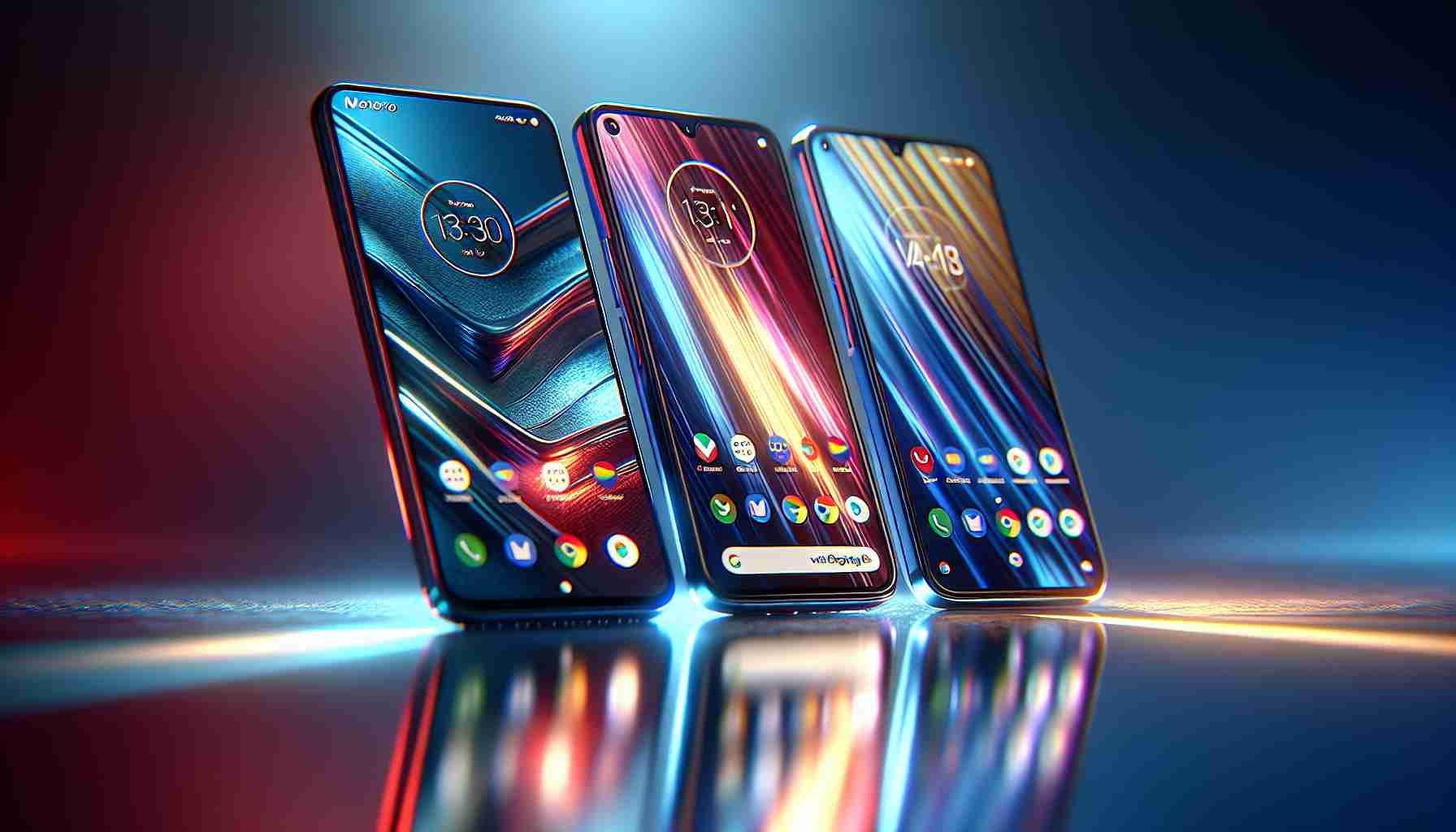Motorola has recently debuted its latest smartphone in India, the Motorola Edge 50 Pro. Positioned as the company’s premium mid-range offering, this smartphone aims to compete with the likes of Vivo V30 and Redmi Note 13 Pro Plus. While all three devices offer impressive specifications, they each bring unique features to the table.
In terms of design and display, the Vivo V30 and Motorola Edge 50 Pro both sport curved displays, with the Vivo V30 having a more pronounced curvature. On the other hand, the Redmi Note 13 Pro Plus opts for a comfortable flat design with rounded edges. The Edge 50 Pro stands out with its metal frame and IP68 rating, offering durability and water resistance.
In the performance department, both the Motorola Edge 50 Pro and Vivo V30 are equipped with the Snapdragon 7 Gen 3 chipset, delivering fast and stable performance. The Redmi Note 13 Pro Plus, however, comes with the MediaTek Dimensity 7200-Ultra SoC, which still offers excellent performance but may not match the Snapdragon counterparts in terms of gaming capabilities.
When it comes to cameras, all three smartphones offer impressive results. The Vivo V30 takes the lead with its high-resolution sensors and quality image processing. The Edge 50 Pro closely follows with its versatile camera setup, including a telephoto lens for optical zoom. The Redmi Note 13 Pro Plus also delivers good camera performance, albeit slightly below the other two devices.
In the end, choosing the right smartphone depends on individual preferences. The Redmi Note 13 Pro Plus excels in entertainment with its top-notch display and powerful speakers. The Vivo V30 shines in the camera department, offering high-quality imaging in various lighting conditions. The Motorola Edge 50 Pro combines a sleek design, robust build, and reliable performance, making it a well-rounded option for mid-range smartphone seekers.
In conclusion, the battle for mid-range supremacy among the Motorola Edge 50 Pro, Vivo V30, and Redmi Note 13 Pro Plus is fierce. Each device brings its own strengths, whether it’s in design, display, performance, or camera capabilities. Ultimately, it boils down to personal preference and priorities when making a choice.
The mid-range smartphone industry in India is highly competitive, with several brands vying for market share. According to market forecasts, the demand for mid-range smartphones is expected to continue growing in the coming years. Companies like Motorola, Vivo, and Redmi are constantly innovating and releasing new models to attract customers.
Motorola, with the launch of its Motorola Edge 50 Pro, is targeting consumers who desire a premium mid-range smartphone. The Edge 50 Pro offers a sleek design, with a metal frame and an IP68 rating for durability and water resistance. These features make it stand out from its competitors.
Vivo, on the other hand, focuses on providing excellent camera performance in its mid-range smartphones. The Vivo V30 boasts high-resolution sensors and advanced image processing capabilities, resulting in stunning photographs in various lighting conditions. This appeals to consumers who prioritize photography and want to capture every moment with precision.
Redmi, a sub-brand of Xiaomi, is known for offering exceptional value for money. The Redmi Note 13 Pro Plus impresses with its top-notch display and powerful speakers, providing an immersive entertainment experience. It is a popular choice for consumers who prioritize multimedia consumption and gaming.
However, it is worth noting that the choice of a mid-range smartphone ultimately depends on individual preferences and priorities. Some may prefer a sleek design and robust build like the Motorola Edge 50 Pro, while others may prioritize camera capabilities like those offered by the Vivo V30. The Redmi Note 13 Pro Plus caters to those who seek a device optimized for entertainment.
In conclusion, the mid-range smartphone market in India is a battleground for brands like Motorola, Vivo, and Redmi. Each company offers unique features and strengths in their devices, attracting different segments of consumers. The industry is expected to witness further growth as more consumers seek high-quality smartphones at affordable prices.
